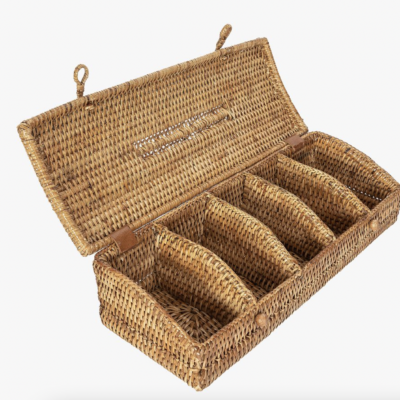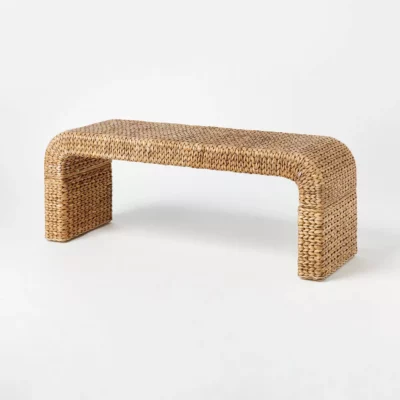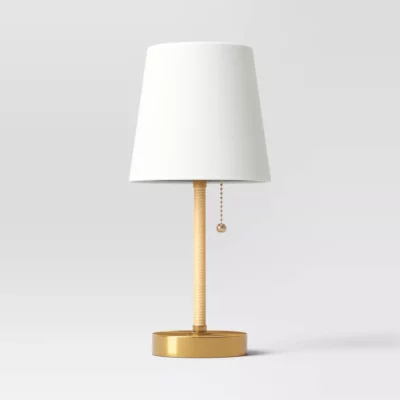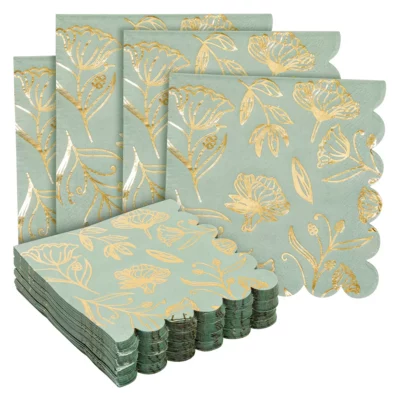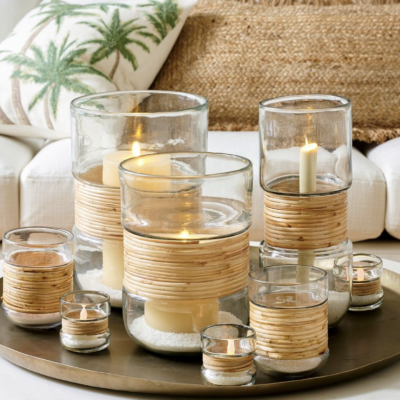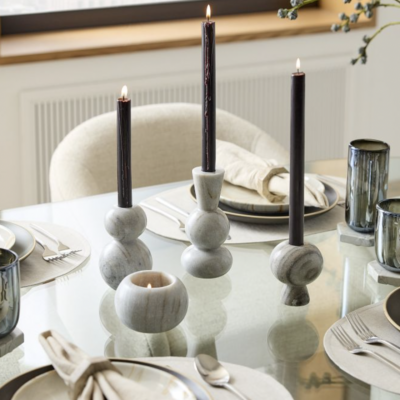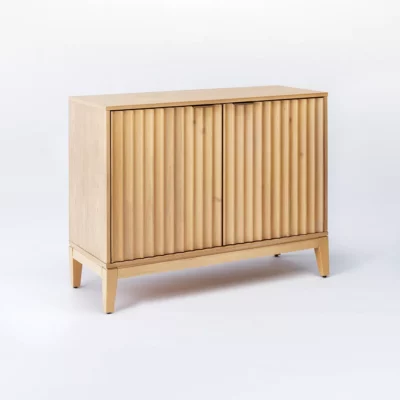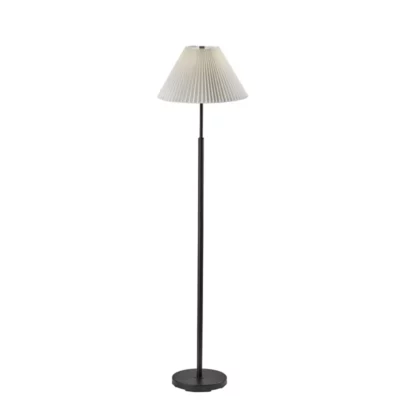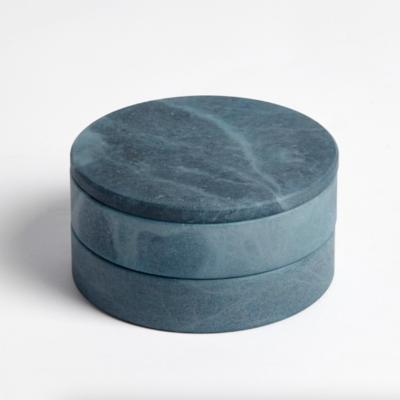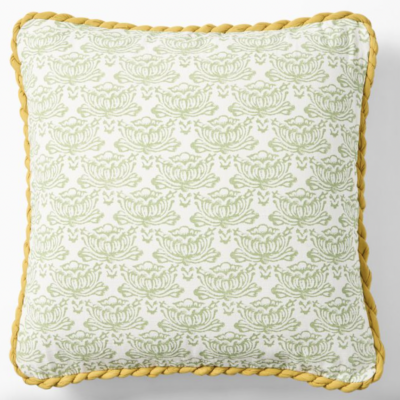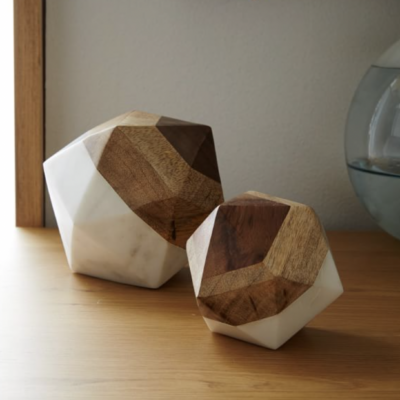I’ve never been one to turn down a shopping trip to HomeGoods, and I love popping into different locations when I travel to new areas or end up in another neighborhood since no two stores are ever the same. I just can’t resist the thrill of the hunt (I’m secondhand-obsessed) and the excitement that comes with scoring amazing decor items at wallet-friendly price points. Can you blame me? That said, as a design enthusiast, I try to be selective about the finds that I’m bringing home with me when shopping at big box stores. I love an affordable find, but I still want my space to look well-curated, collected, and unique. This means that I’ve learned to expertly sift through the many products lining HomeGoods’s shelves. If you’re wondering what to buy at HomeGoods yourself, read on.
Featured image from our interview with Molly Sims by Michelle Nash.
What to Buy at HomeGoods on Your Next Shopping Trip
Ahead, I’m sharing my tips for finding pieces that speak to me. Over the years, I’ve developed a knack for honing in on items that lean more timeless than trend-forward. Below are 15 items that I came across—and loved—while shopping at two different HomeGoods locations, one in New York City and one in the New Jersey suburbs. I’m sharing tips for how to style each item and discussing why they deserve a spot in your shopping cart. Keep an eye out for these finds at your local store before they get scooped up!

Cane Tea Caddy, $9.99
When I saw this tea caddy, I couldn’t help but bring it home with me—and it’s now sitting pretty on my kitchen countertop. I’m partial to anything with caning and love that this piece makes it simple to sort and store various types of tea bags so that I can grab whatever I’m craving on a given night with ease. Of course, you could also repurpose this box and use it to store something other than tea. For example, you could corral jewelry or nail polish inside, too.
Shop similar:

Travel Home Book, $24.99
I simply cannot stop purchasing coffee table books, and HomeGoods makes it easy for me to continue to grow my collection. They offer newly released titles at excellent price points, so if you’re looking for the latest interiors or fashion books, you’ll be in luck. Coffee table books make for great gifts for design lovers, too, whether you’re shopping for a housewarming, birthday, or holiday. Pick up titles that reflect your recipient’s interests. I guarantee they’ll be touched.
Shop similar:

Woven Bench, $199
This woven bench is equal parts beautiful and functional and would make for a fantastic dining bench in a breakfast nook. That said, you could also position it in the living room or at the end of a bed and it would still look stunning. The material will bring instant textural intrigue into your space and is perfect for those who appreciate natural influences. Cozy it up with some throw pillows if you’d like, or leave it as is for a simple, neutral look.
Shop similar:
Threshold™ designed with Studio McGee
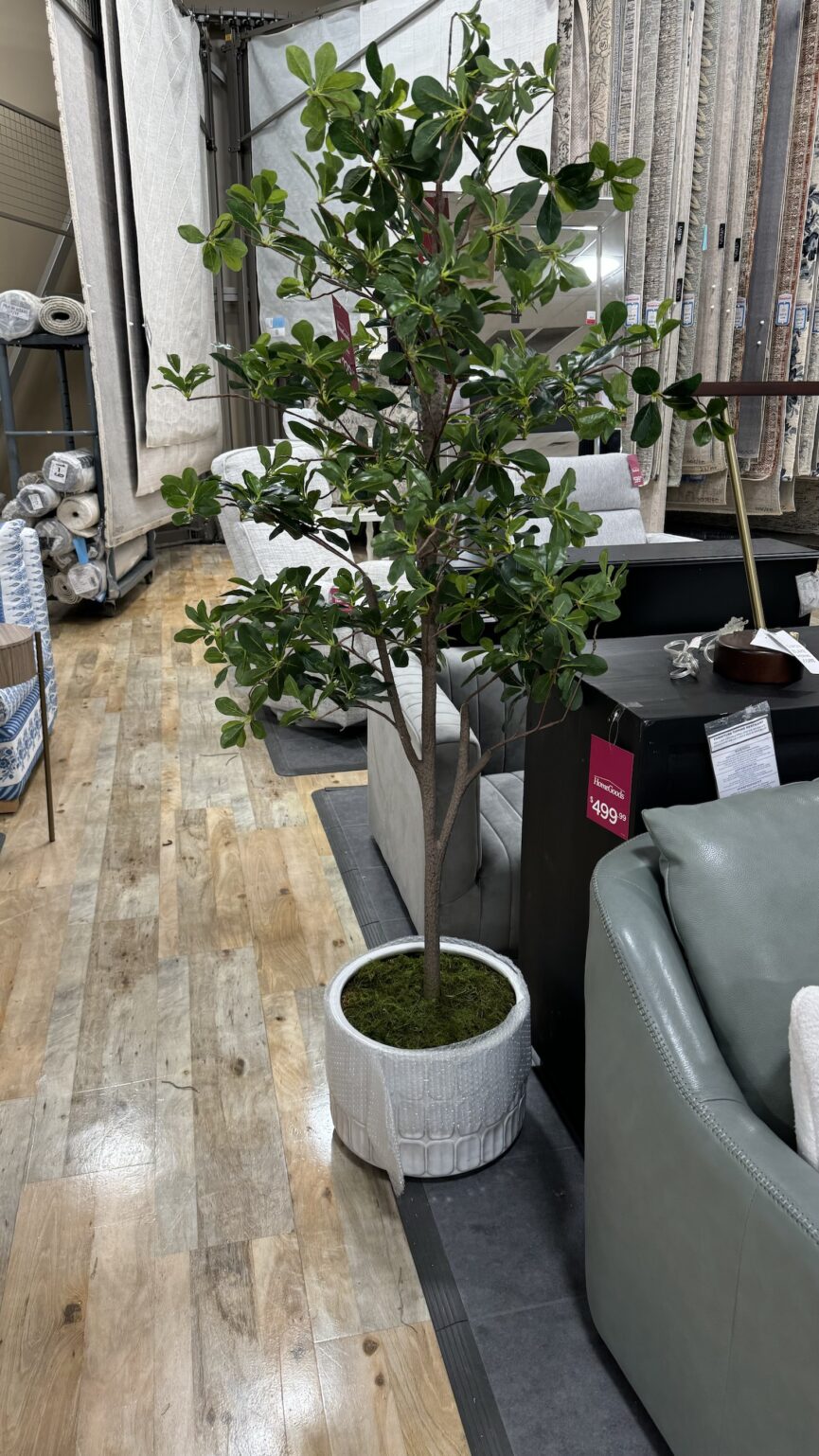
Fake Tree, $129.99
Not all fake plants are created equal, but this potted faux tree caught my attention immediately because of how realistic and stylish it looks. I like the planter it’s in, too, and the fact that the base is covered with moss makes it appear more authentic than other fake plants that are potted alongside a plasticky “dirt” material. Place this in an empty corner that’s been begging for a bit of a revamp and you’ll be shocked at what a difference it makes.
Shop similar:
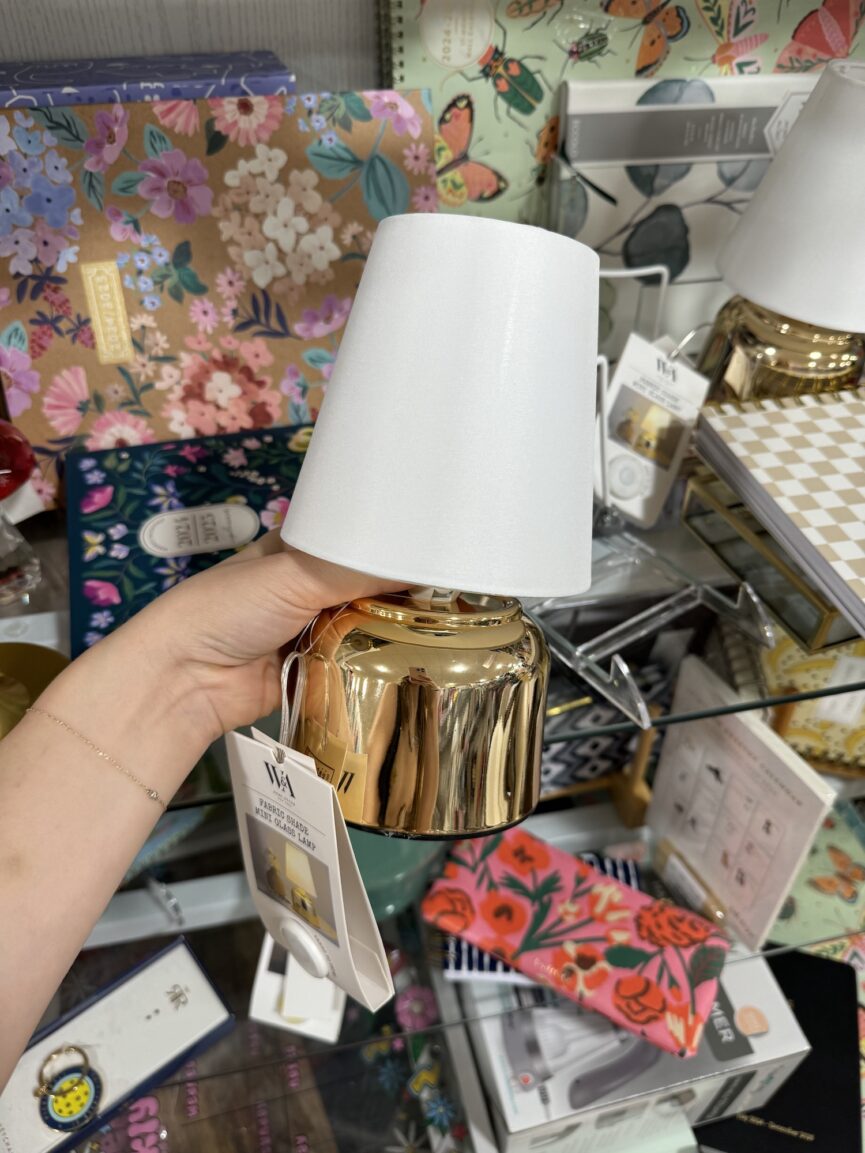
Portable Lamp, $12.99
Mini portable lamps are having a major moment, and this one stopped me in my tracks when I spotted it simply because it’s oh-so-cute! The gold base and white shade will complement a range of aesthetics, so it’ll blend right in as you move it from one room of the home to another. I also like that it’s battery-operated rather than rechargeable. No pesky cords to worry about here!
Shop similar:
Threshold™
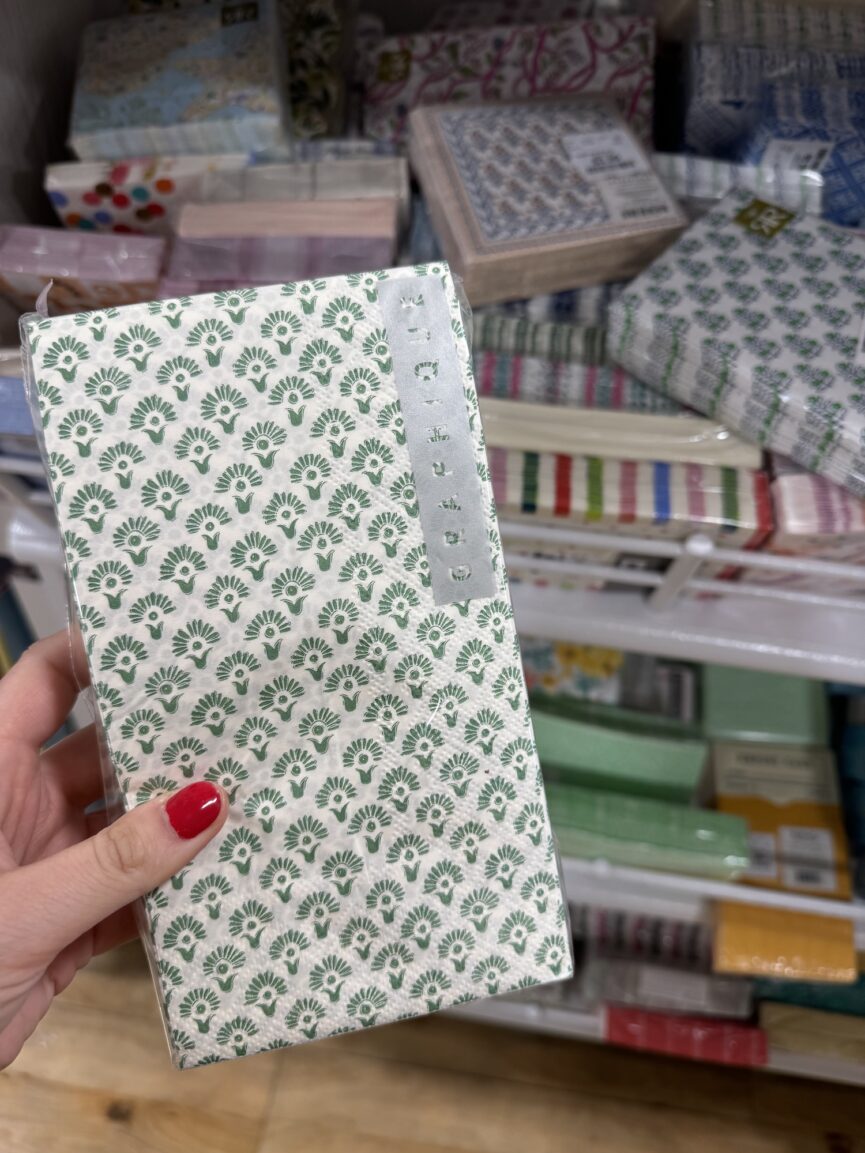
Cocktail Napkins, $5.99
If you like to entertain often, be sure to stock up on cocktail napkins at HomeGoods. I have an entire drawer full of various styles so that I’m always prepared when any sort of occasion strikes. While eying the newest styles in store, I was particularly drawn to this classic block print pattern. You could also set these out in the bathroom when hosting so that guests don’t have to share a communal hand towel.
Shop similar:
Sparkle and Bash
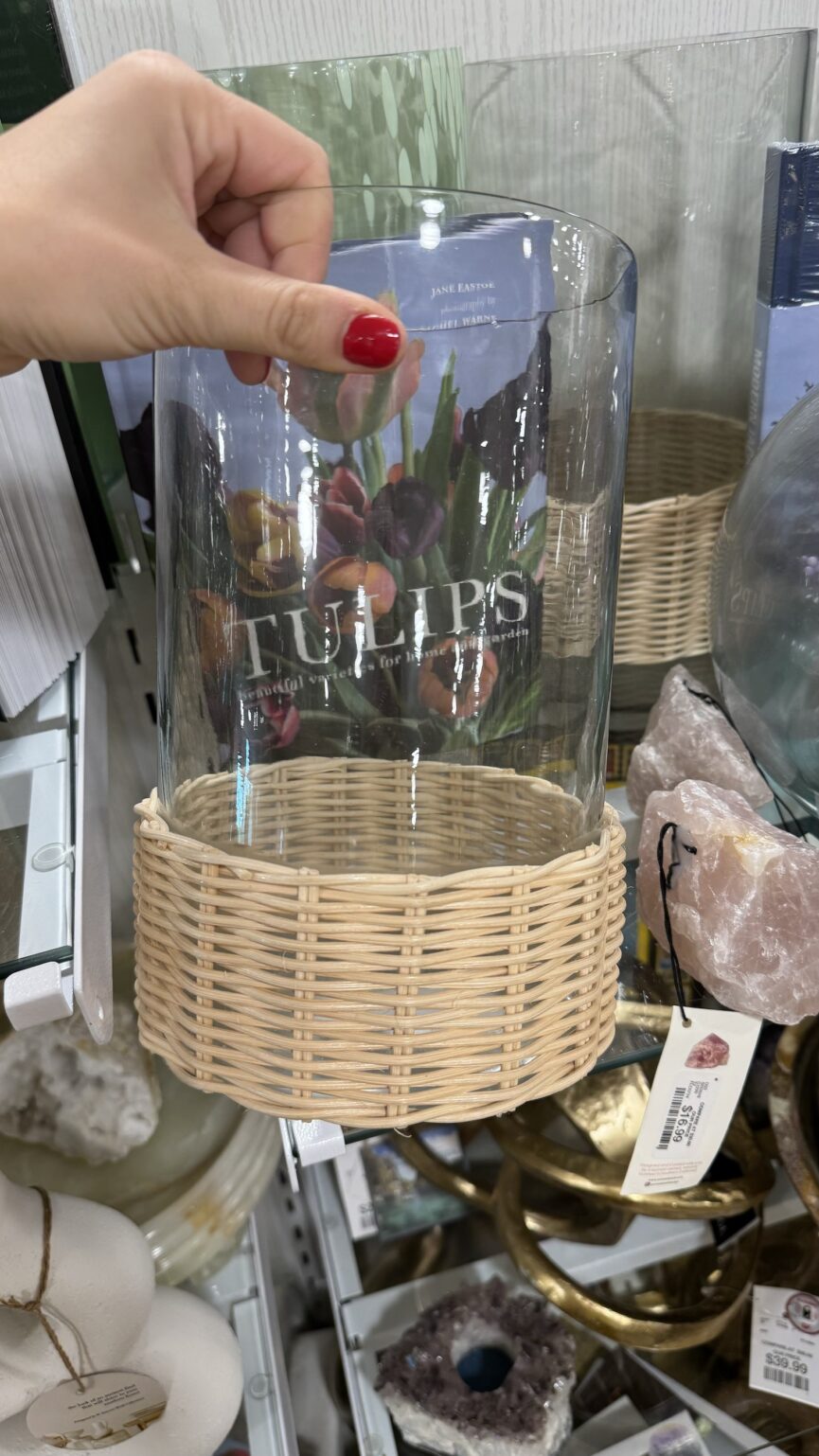
Glass Hurricane, $16.99
Romanticize evenings at home by curling up on the sofa with a couple of candles flickering. This hurricane is extra fitting for coastal grandma enthusiasts and will add instant intrigue to any dining, console, or coffee table. Place a pillar candle inside (you can pick those up at HomeGoods, too!), and you’re golden. These would also look pretty on the patio or porch during warmer months.
Shop similar:

Marbleized Taper Candles, $6.99
Speaking of candles, how gorgeous are these marbleized taper candles? Take your tablescape to the next level with these beauties, which you won’t feel too bad about burning given the reasonable price. I always like to keep extra taper candles on hand so that I’m never in a pinch when hosting. It’s fun to think beyond classic solid-colored ones when possible.
Shop similar:
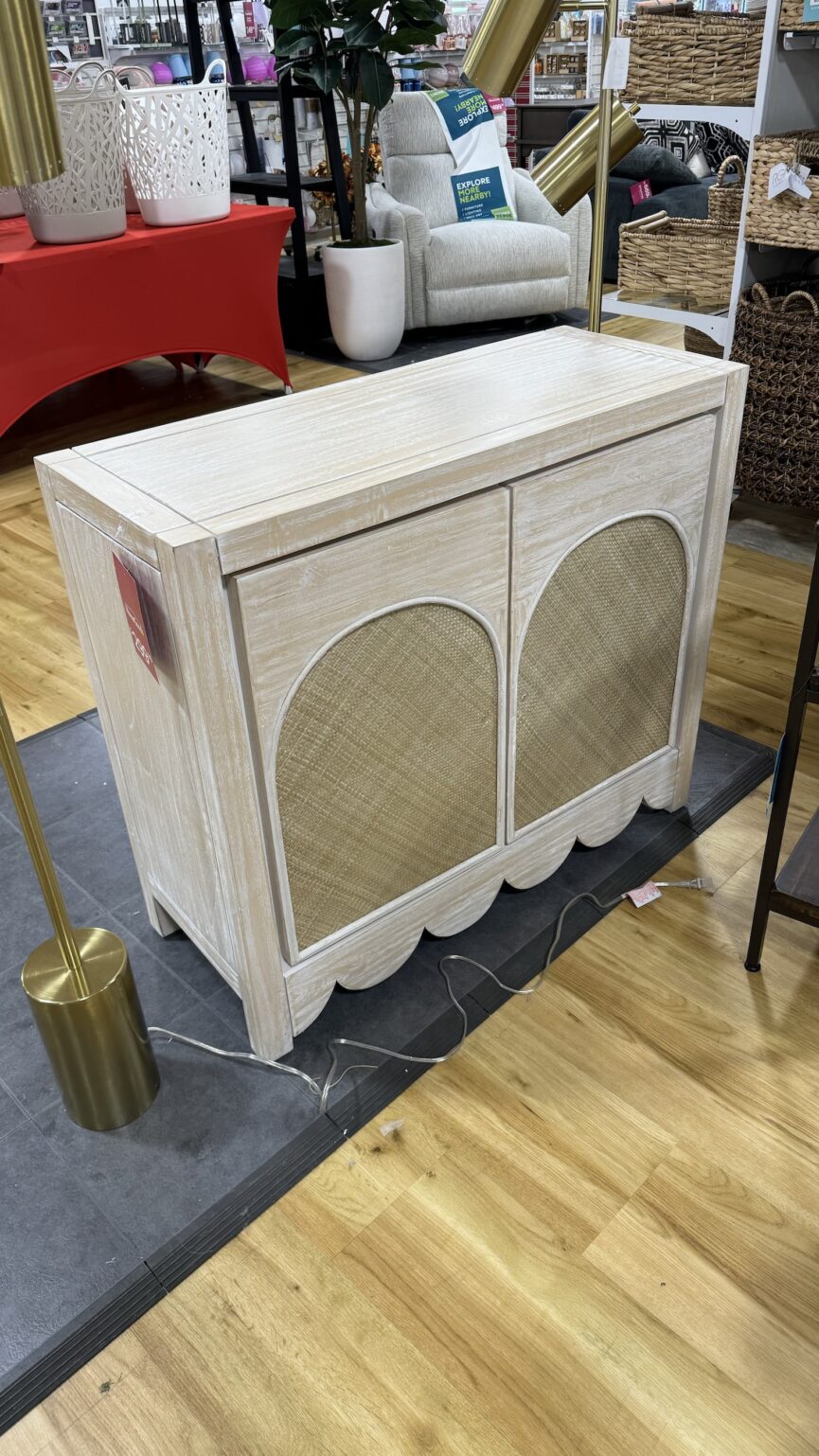
Scalloped Cabinet, $299.99
At $300, this scalloped two-door cabinet is the priciest find on my list, but it’s an excellent pick because it’s so versatile. You could put it by the front door and use it as an entryway table, turn it into a bar cabinet, or style it in a playroom and keep toys and games inside. It’s neutral yet playful and would look right at home in kids’ and adults’ spaces alike.
Shop similar:
Threshold™ designed with Studio McGee
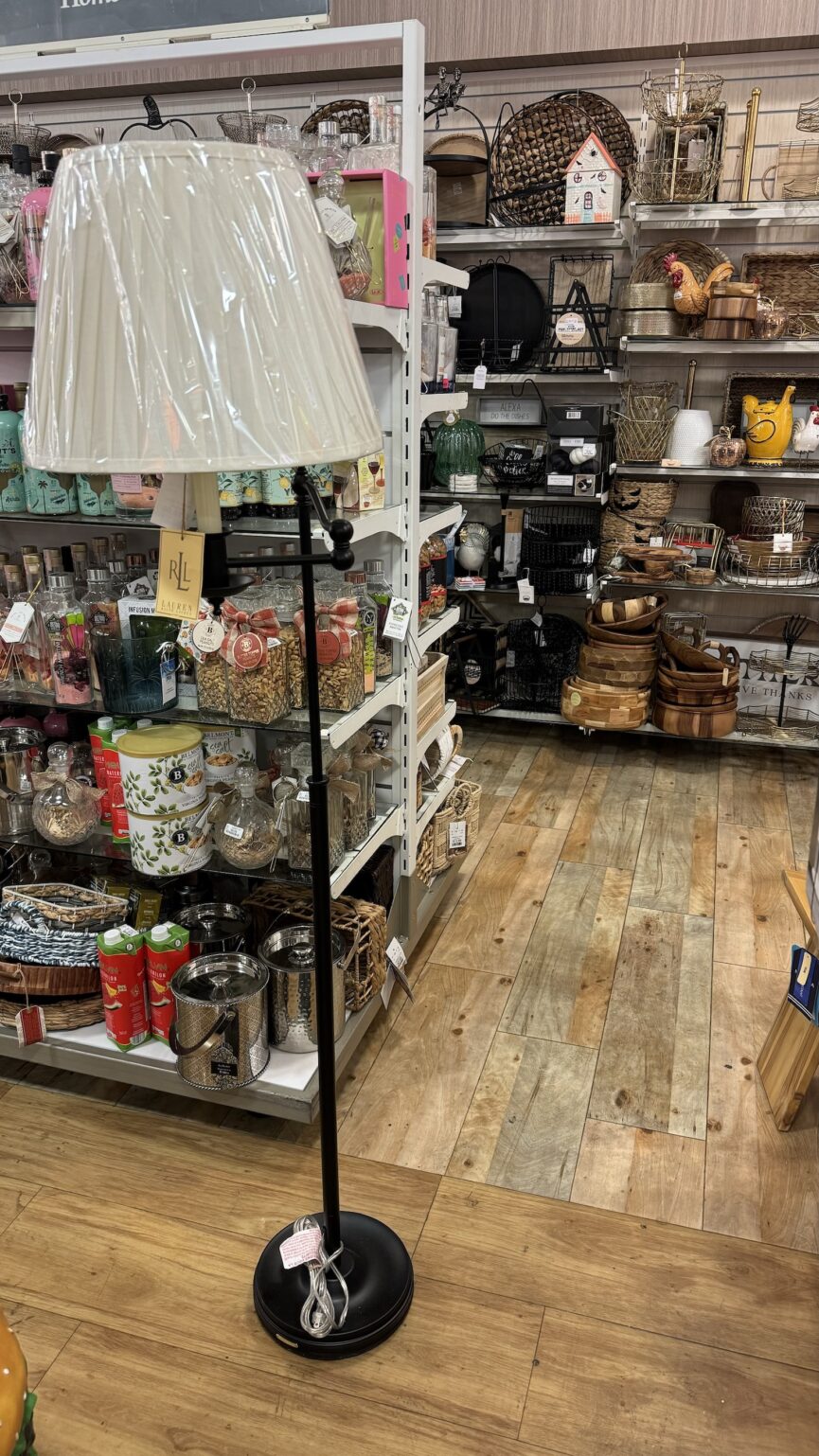
Ralph Lauren Lamp, $119.99
This Ralph Lauren home floor lamp, which is adjustable in height, will add a luxe look to your home without blowing your budget. Elegant and sleek, it’ll shine in any living space. (It also means you won’t ever have to rely solely on “the big light.”) The pleated shade adds an element of sophistication and just the right amount of traditional flair.
Shop similar:
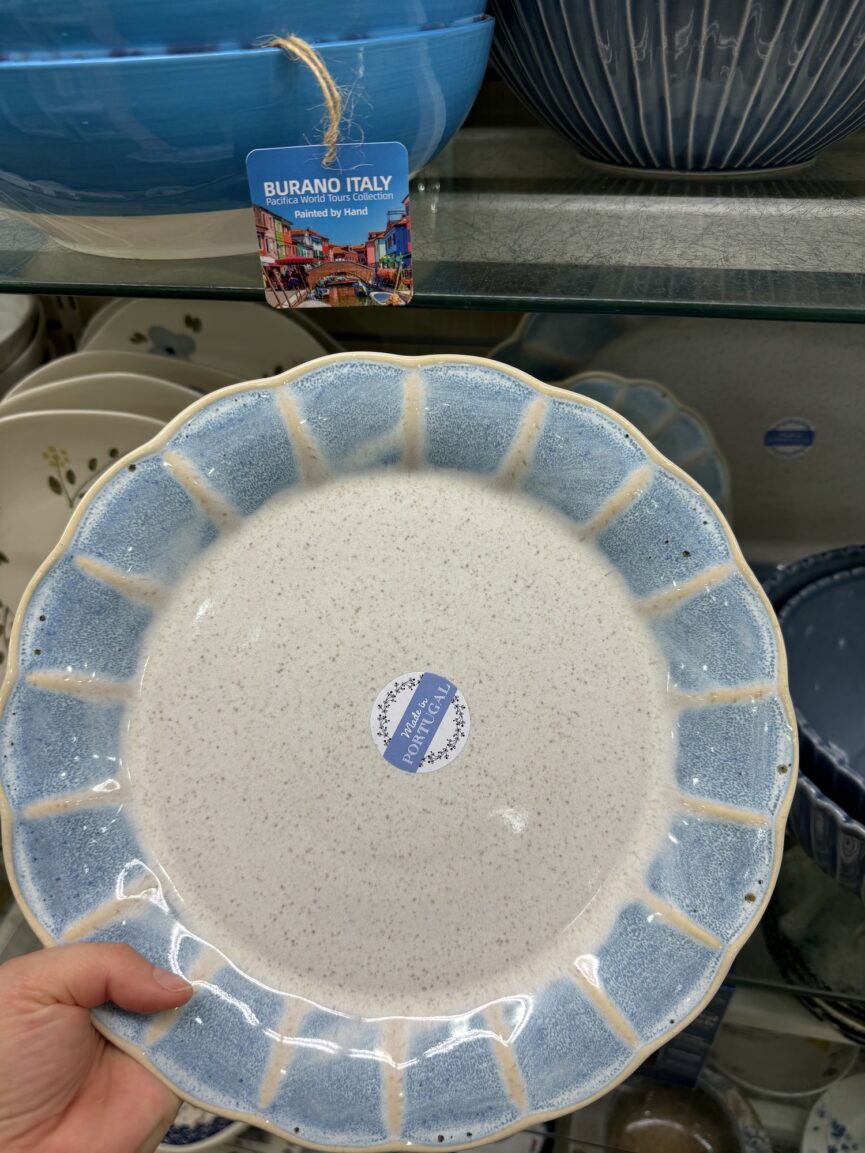
Dinner Plate, $6.99
If you’re looking to upgrade your dishware, take a stroll through HomeGoods’ kitchen aisle. I fell in love with these darling blue and white dinner plates that are sizable and look high-end. Gone are the days of basic black or white dinner plates.
Shop similar:
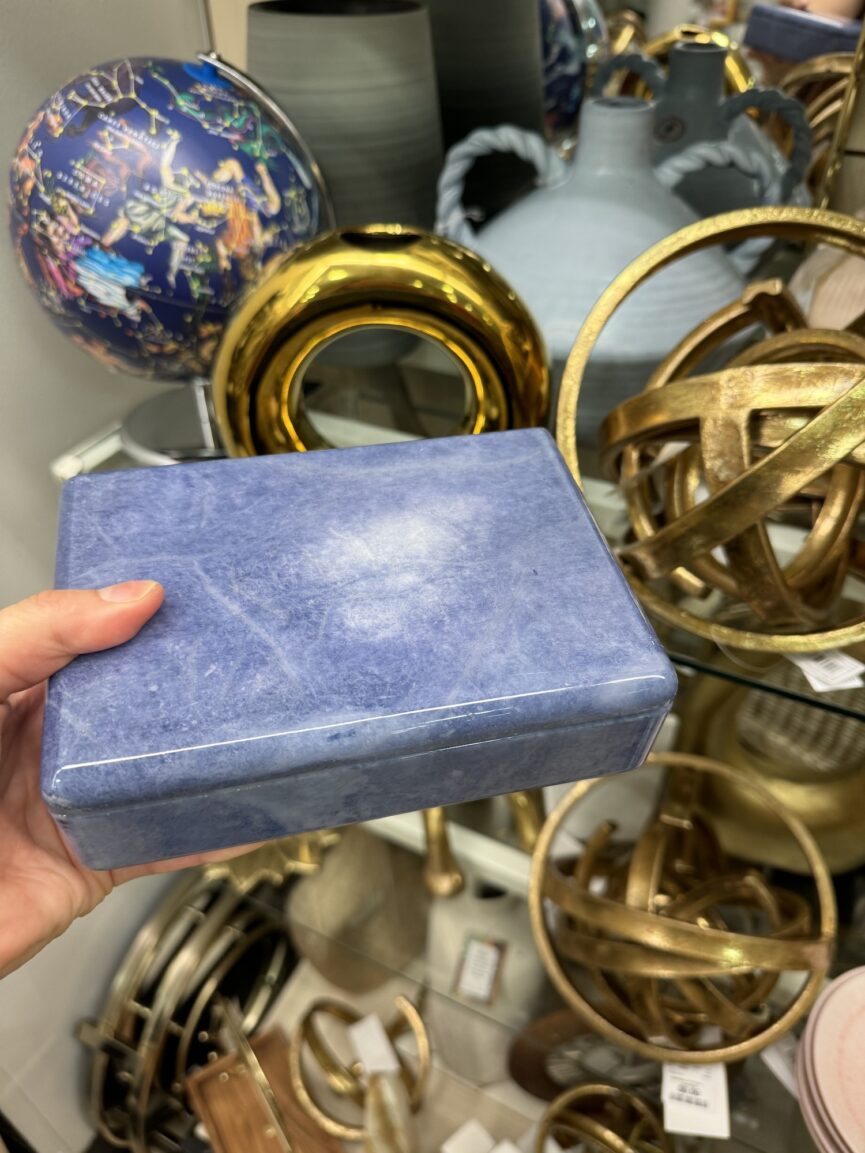
Trinket Box, $29.99
The perfect trinket box doesn’t exi—oh, wait! This blue marble beauty is compact yet eye-catching thanks to its rich blue hue. Substantial in weight, it can hold everything from jewelry to spare keys to loose change. The lid doesn’t come off fully but instead slides open, which is an unexpected touch!
Shop similar:

Throw Pillow, $16.99
Why are some throw pillows SO expensive? I’ve fallen hard for plenty of gorgeous pillow covers over the years only to find they run hundreds of dollars. Luckily, this green and white cutie rings up at under $20 (with the insert included!). It’s a no-brainer for those looking to add more pattern to their homes. It would look chic on a bed, sofa—you name it.
Shop similar:
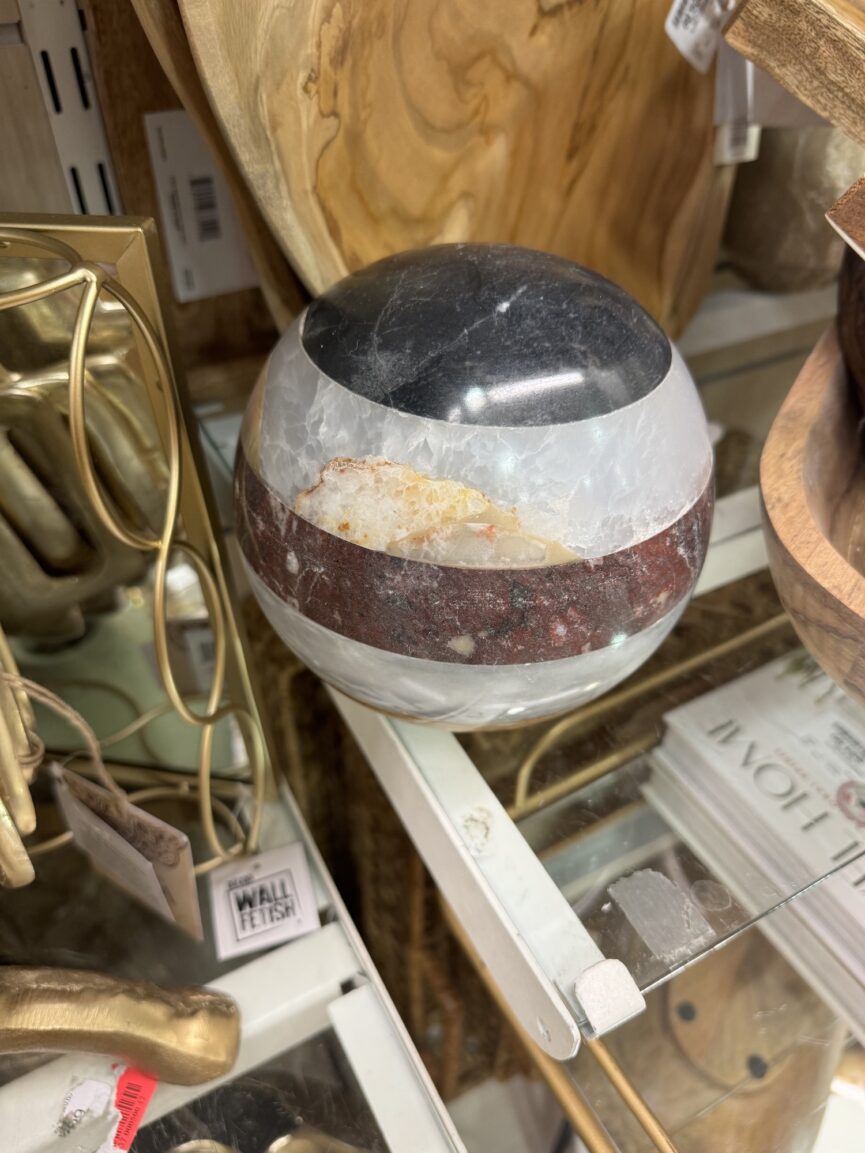
Circular Object, $24.99
HomeGoods is chock full of decorative accents like this marble sculpture that could stand on its own or function as a bookend (it’s heavy!). I love the pops of moody colors as well as the striped design. Trust me, with its elevated design, this could retail at least three times the amount it runs for here.
Shop similar:
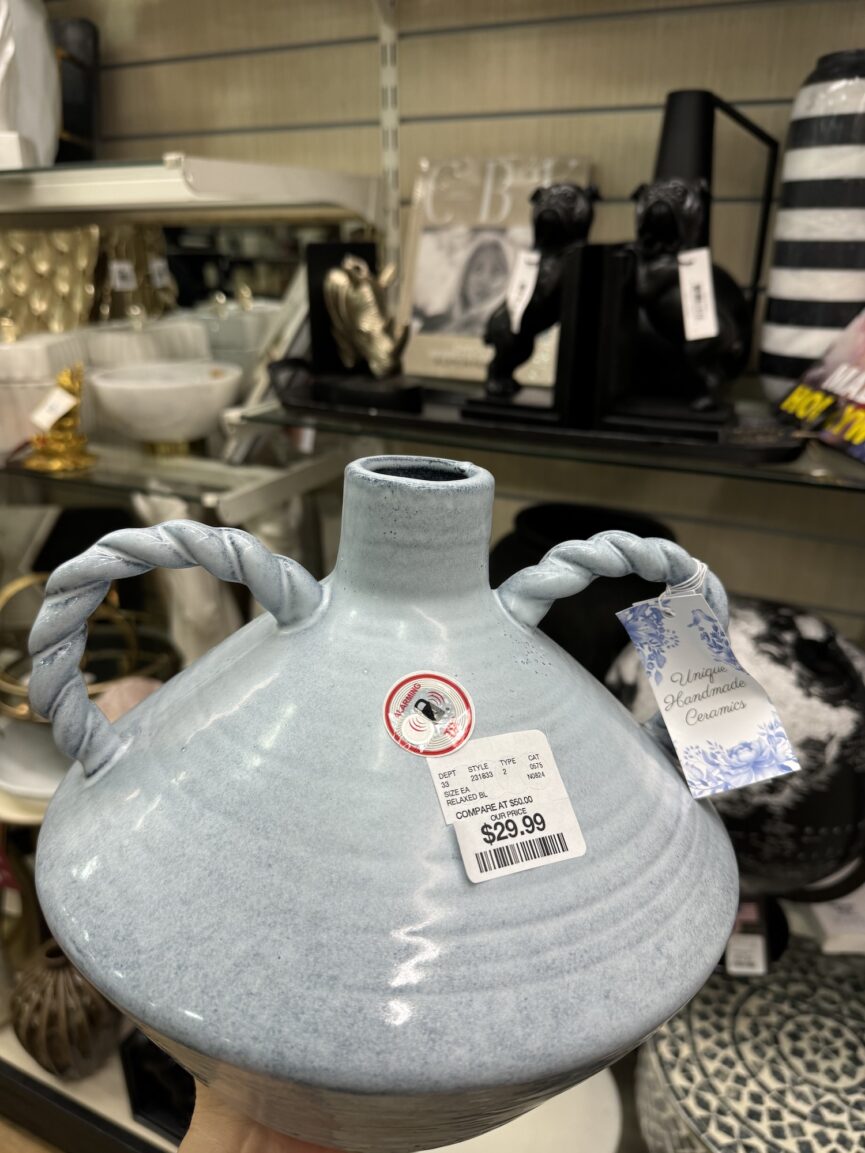
Blue Vase, $29.99
Vases and vessels are another one of HomeGoods’s specialties, and this one resembles a one-of-a-kind, handmade piece you might come across at a craft fair. It would look stunning with eucalyptus or pampas grass inside. That said, it’s pretty enough to stand out on its own even when left empty.
Shop similar:
Hawkins New York




